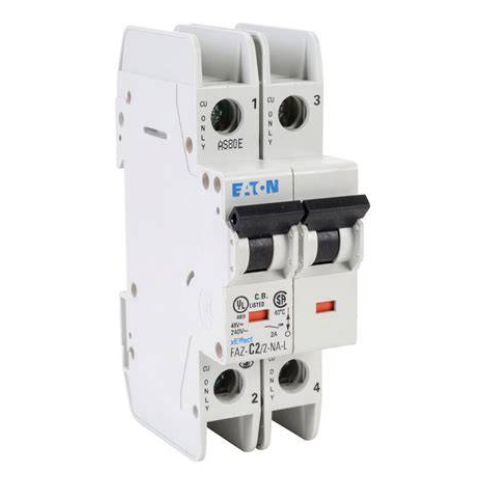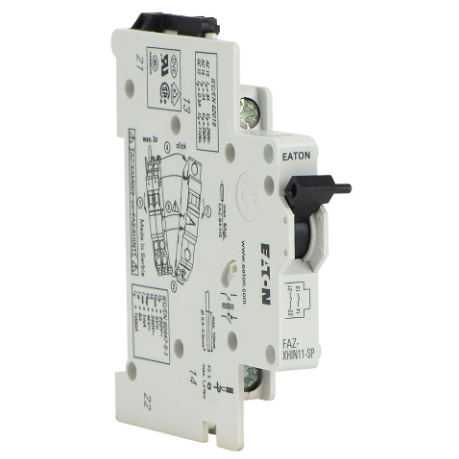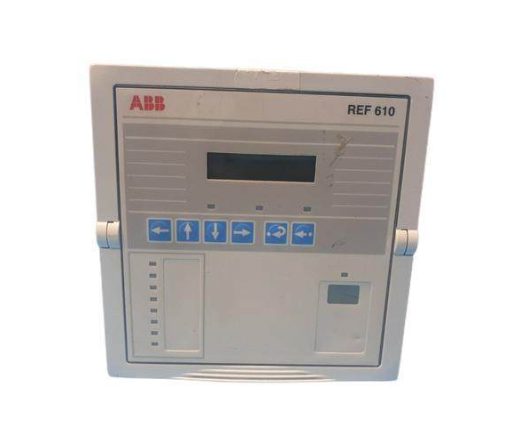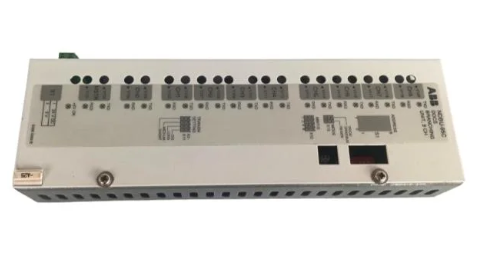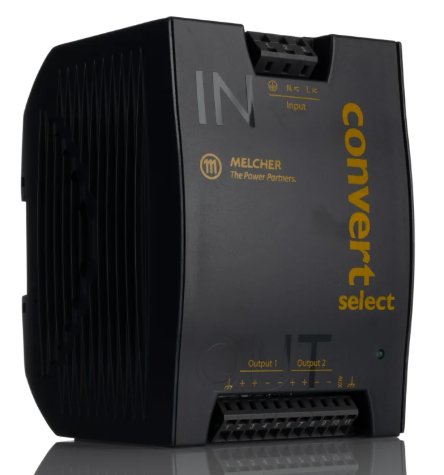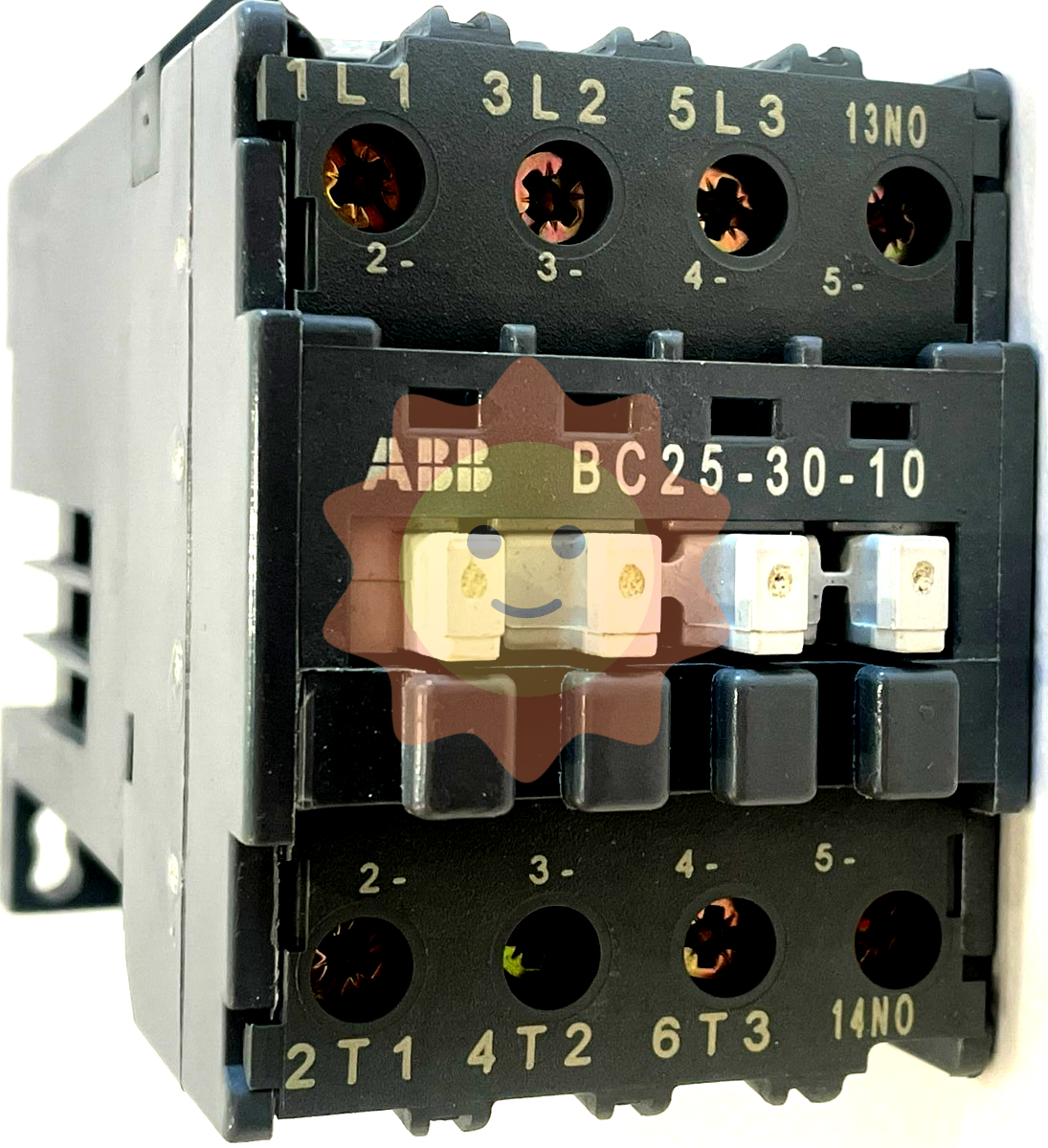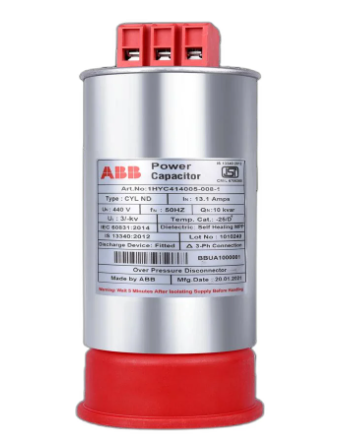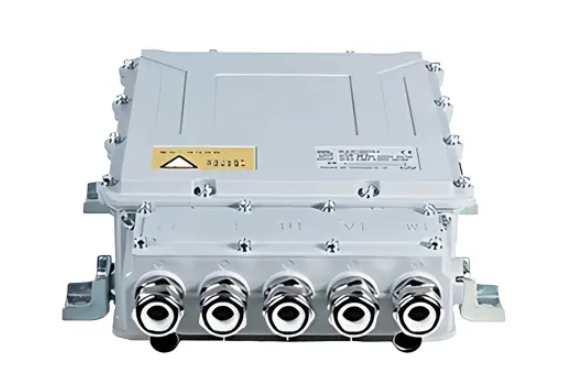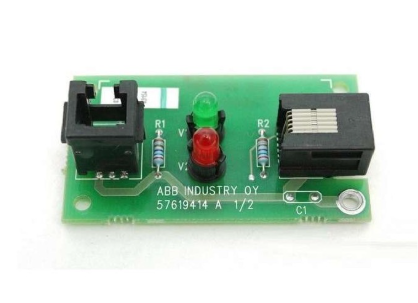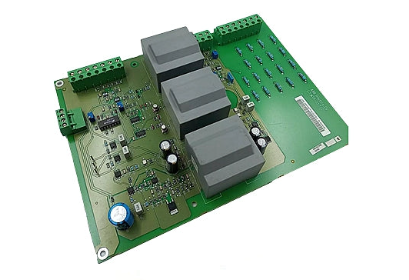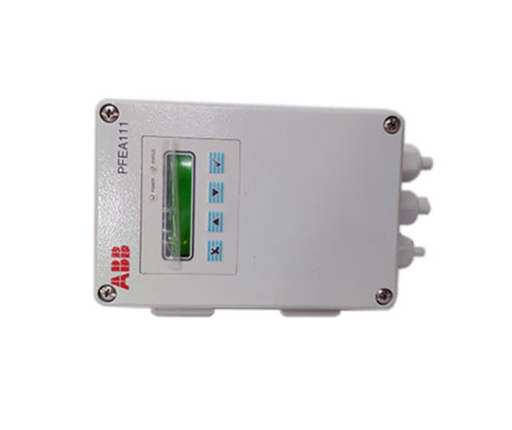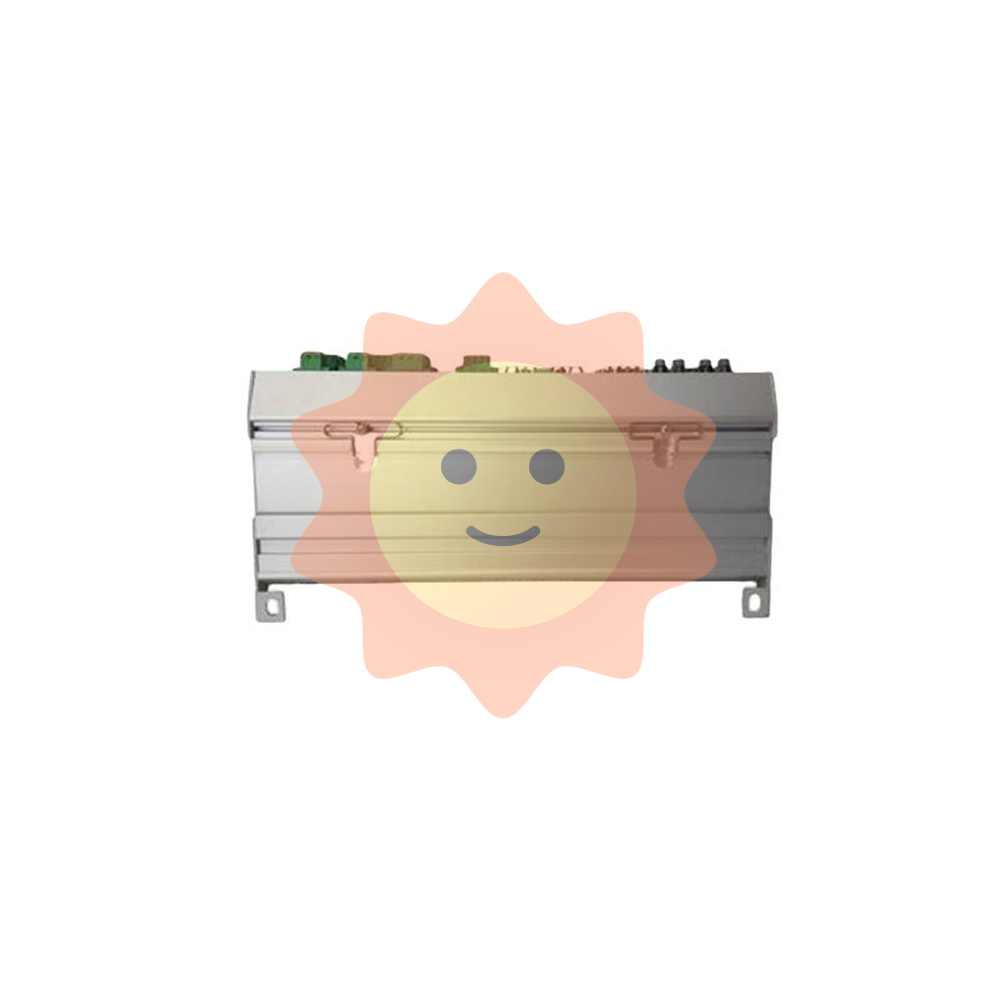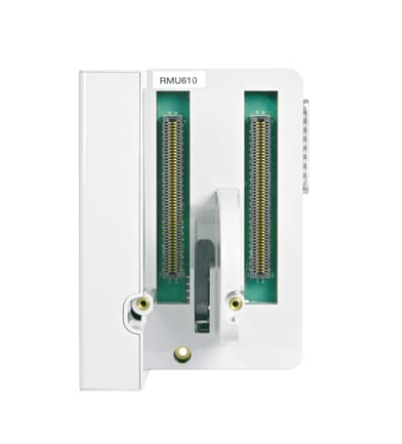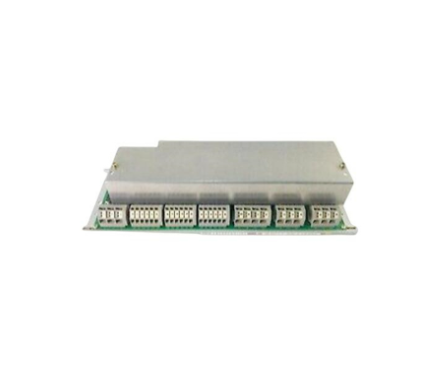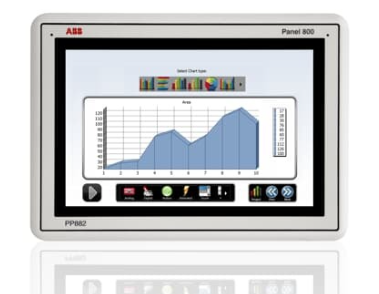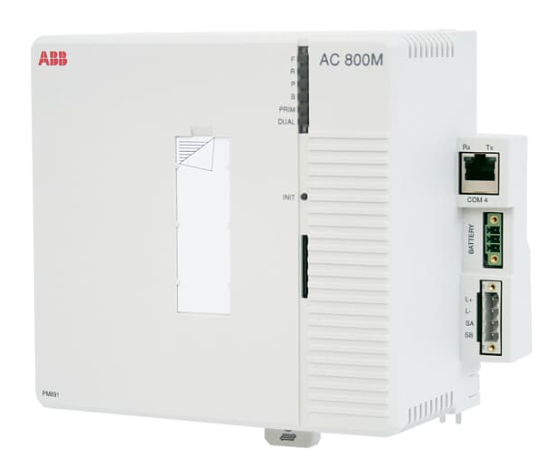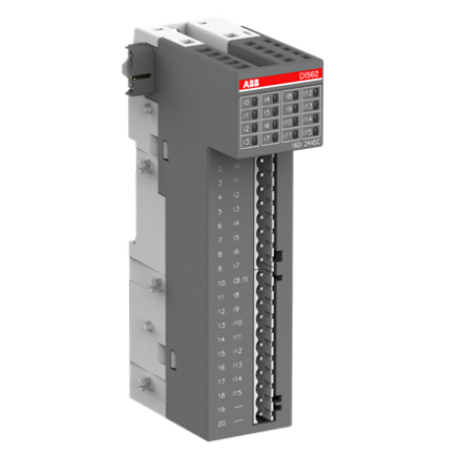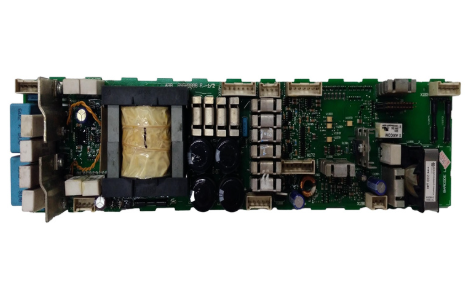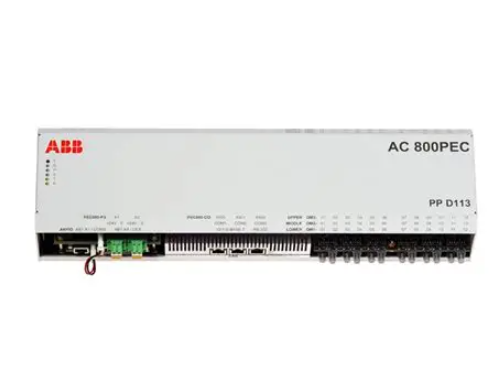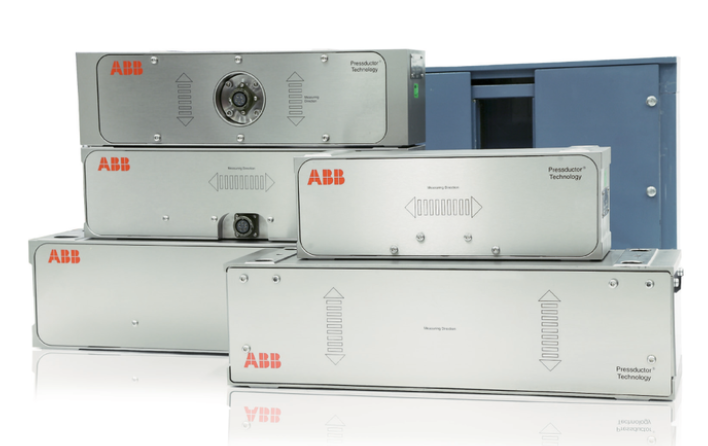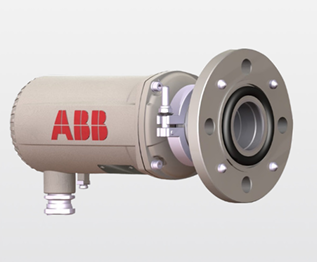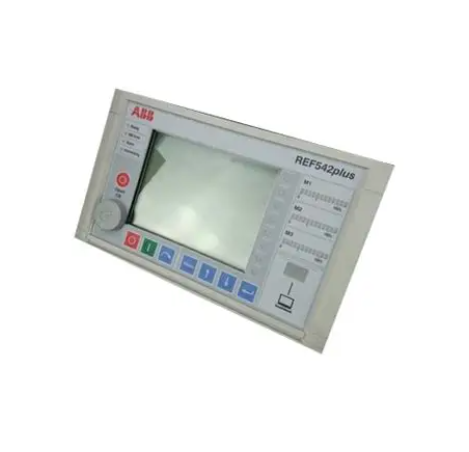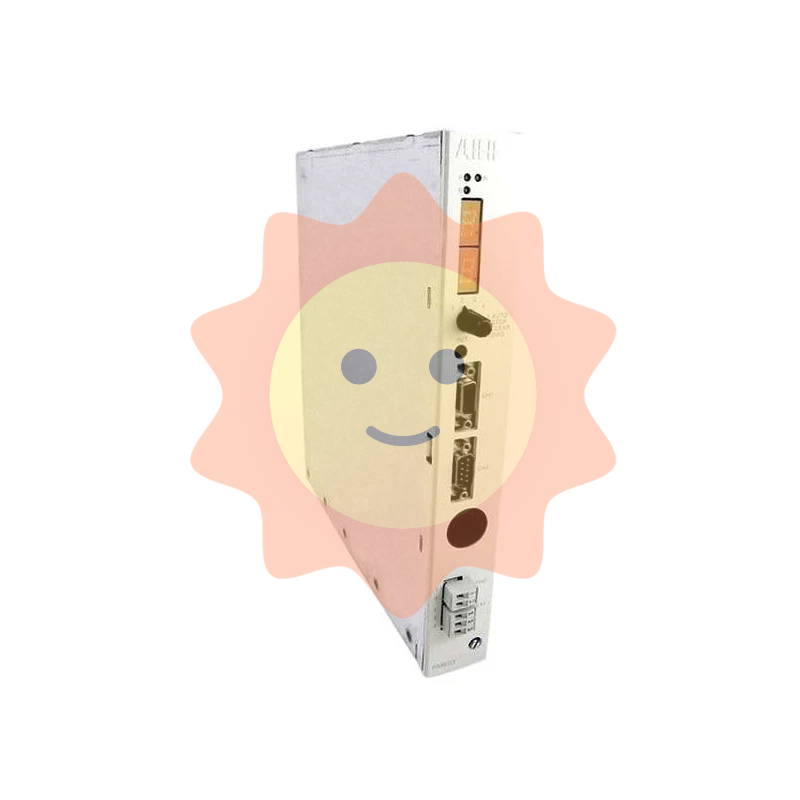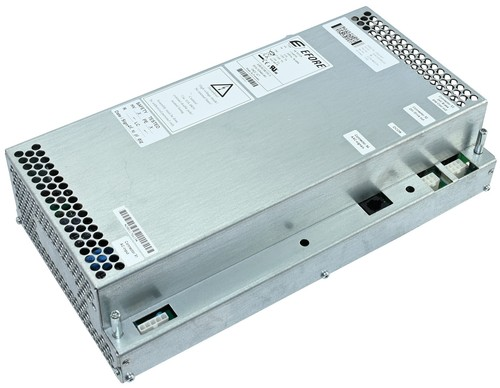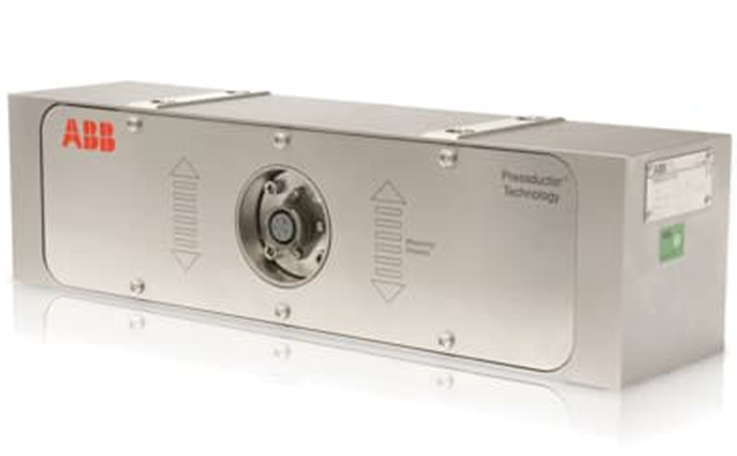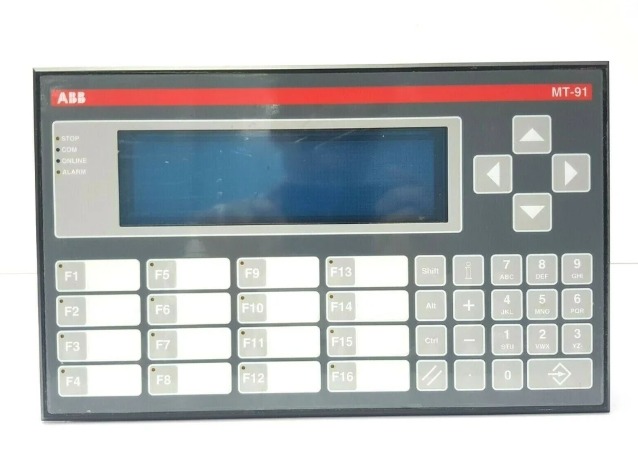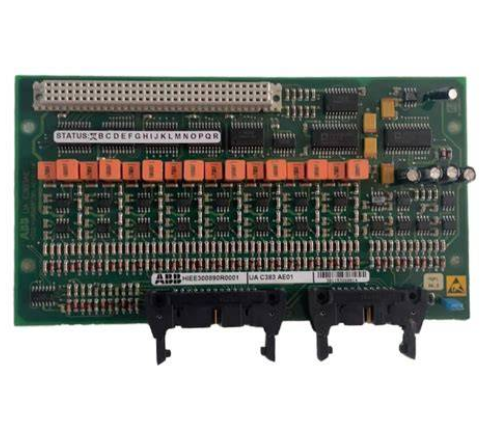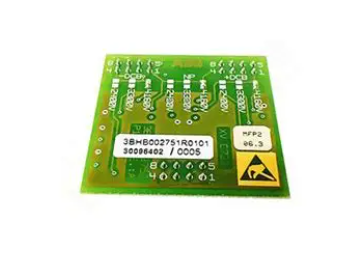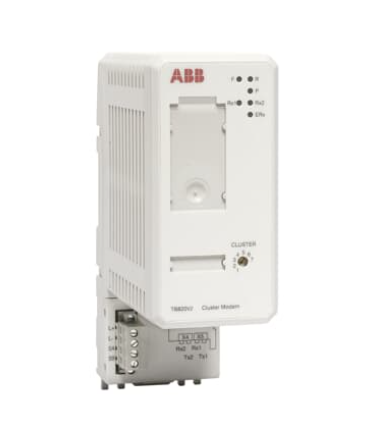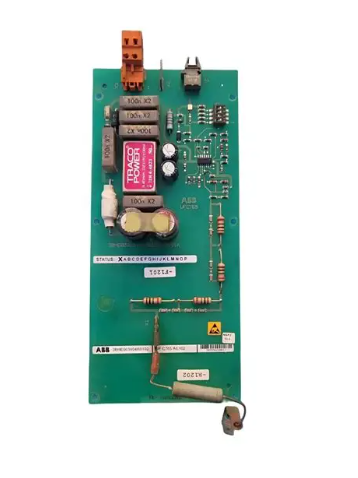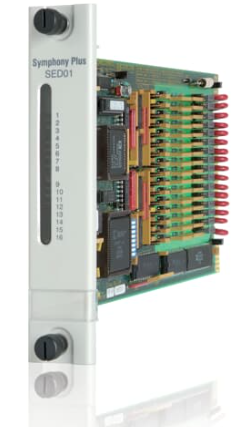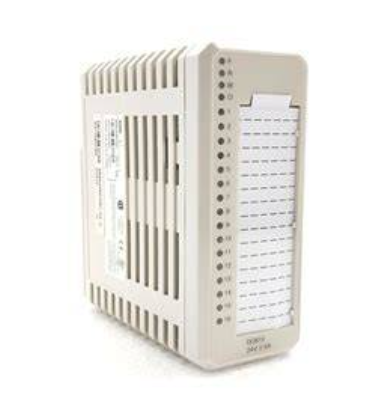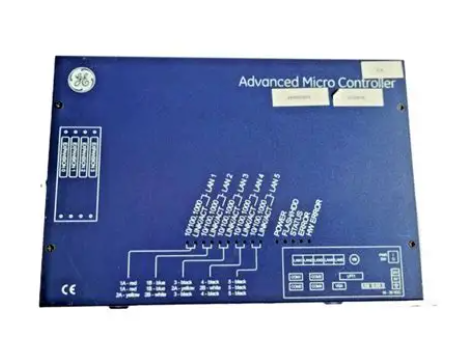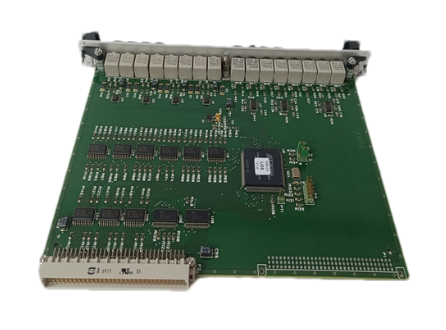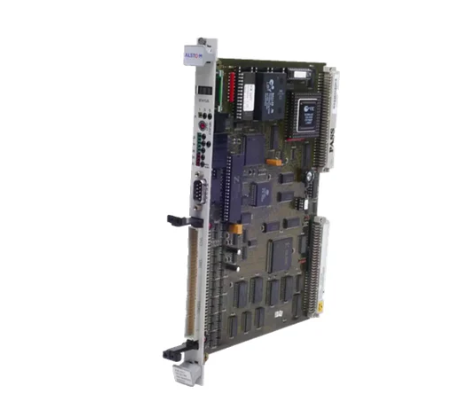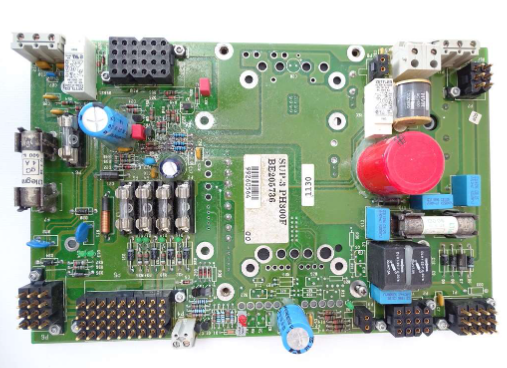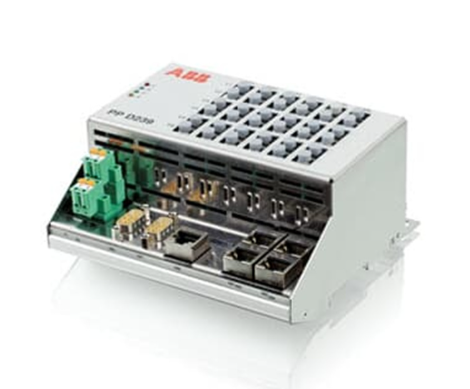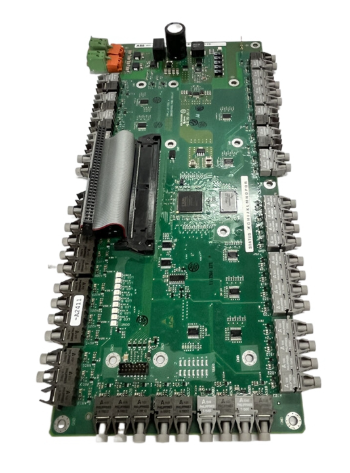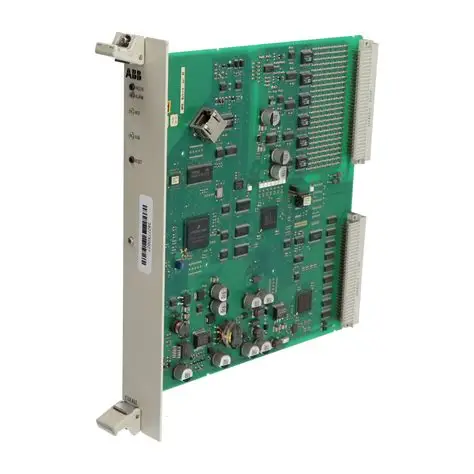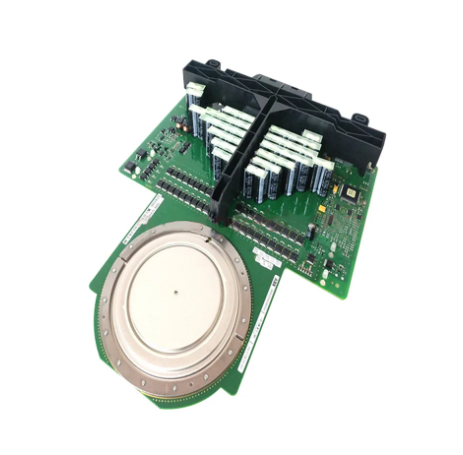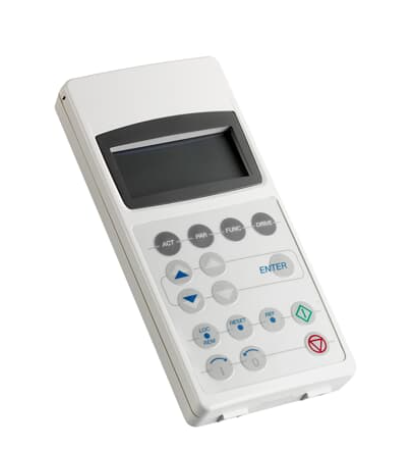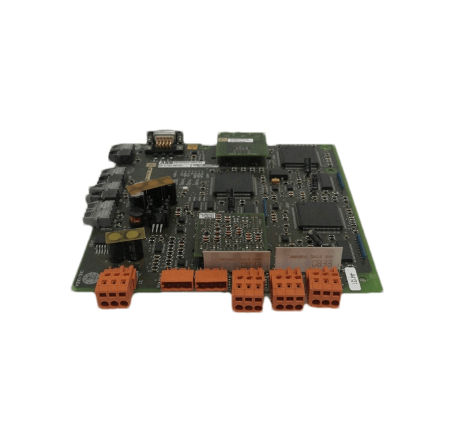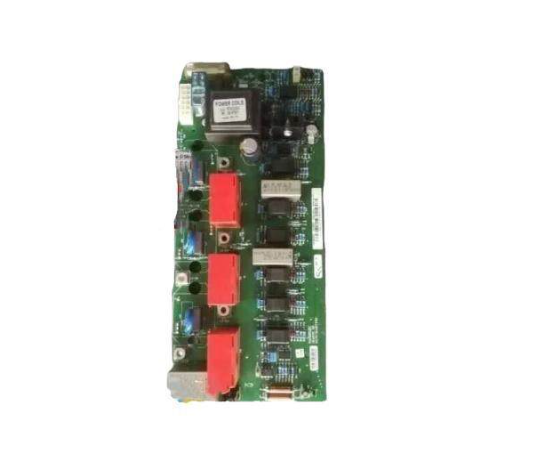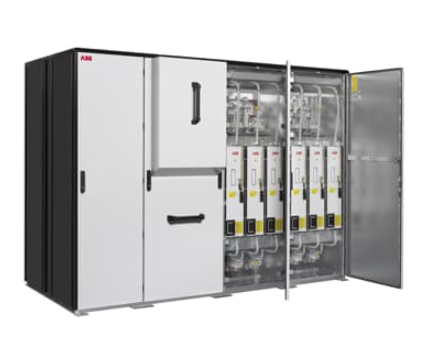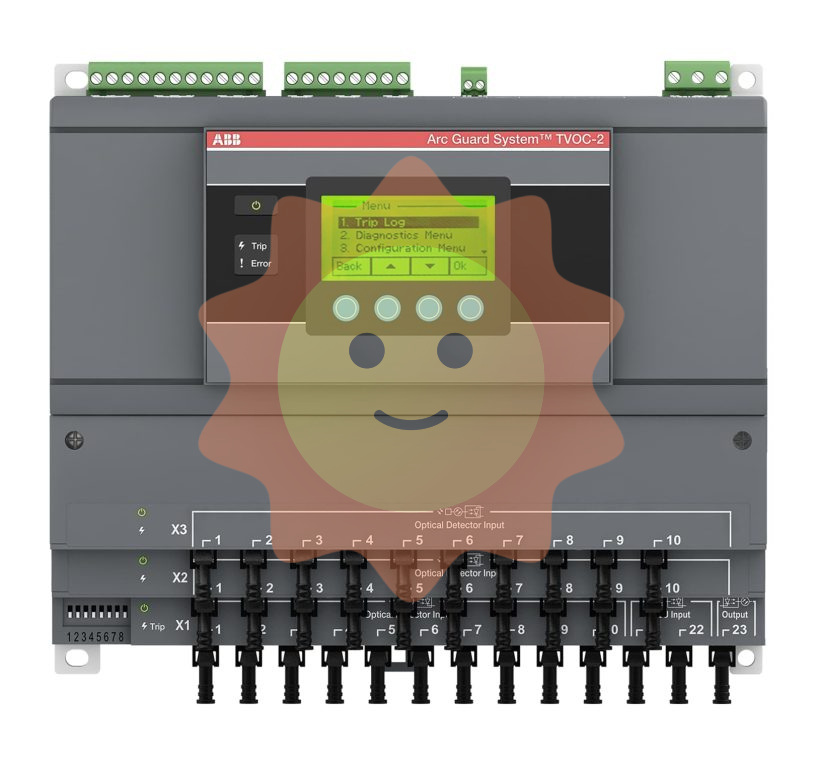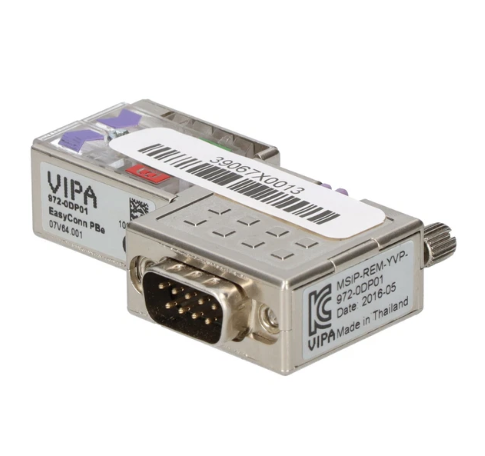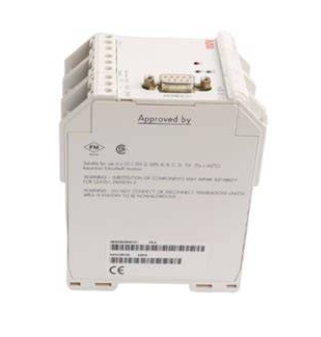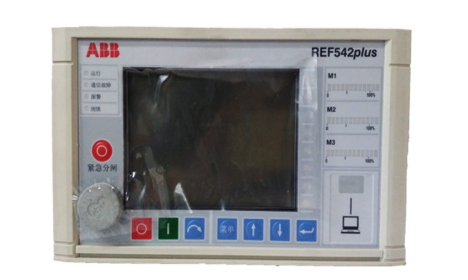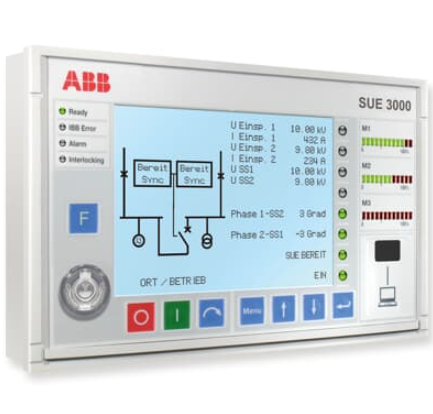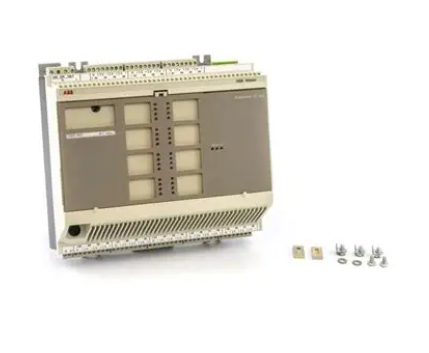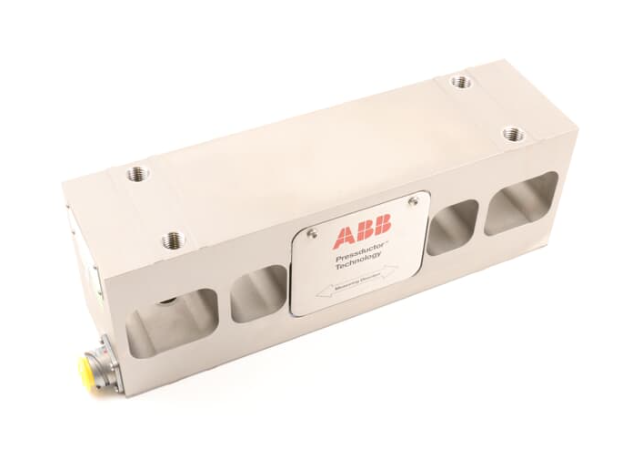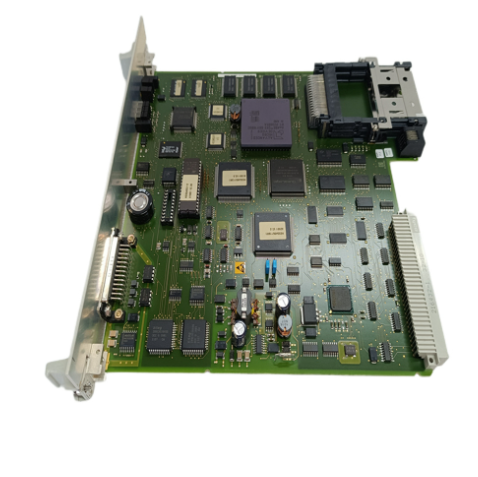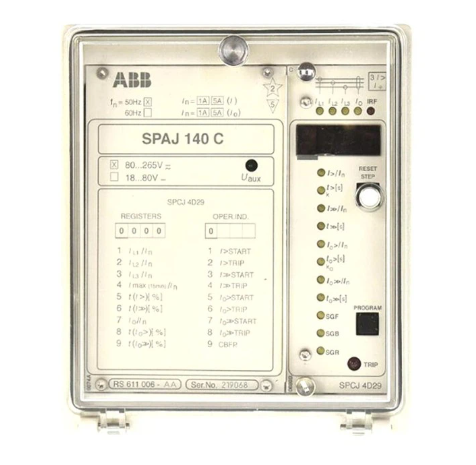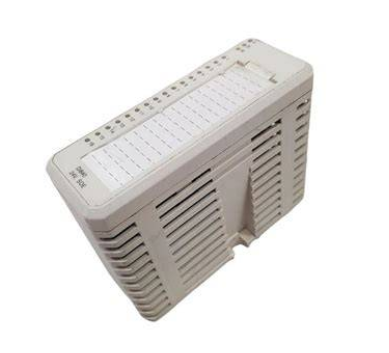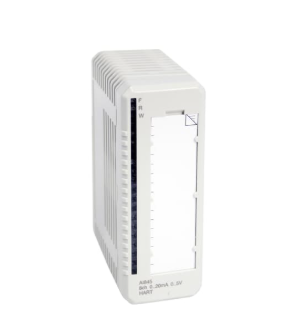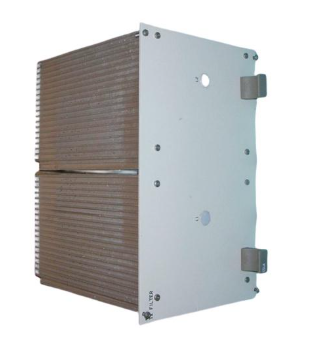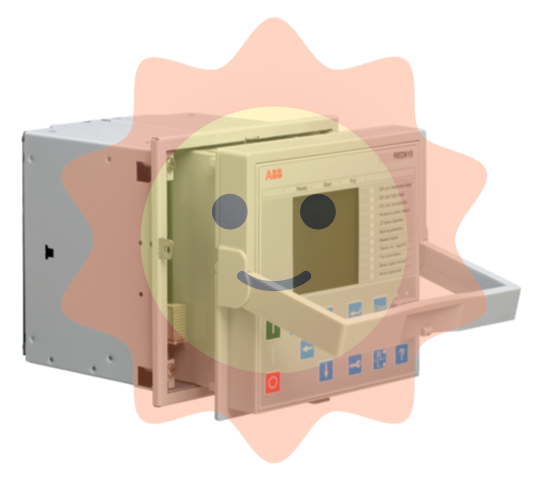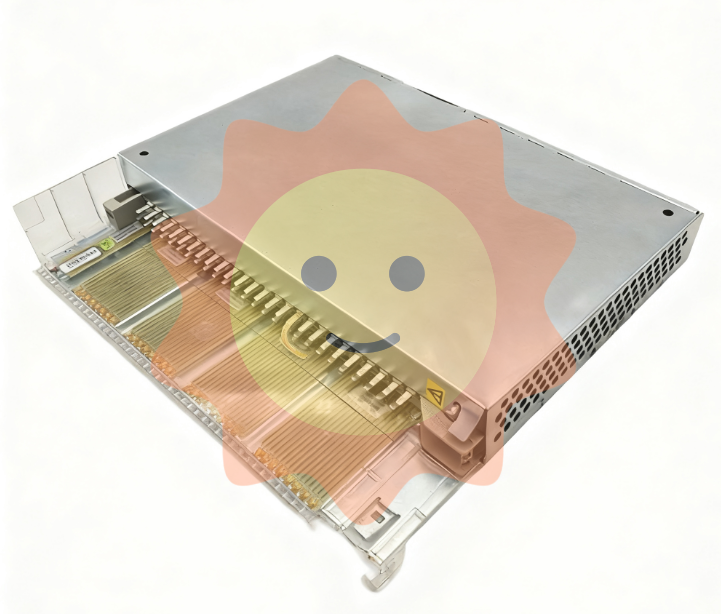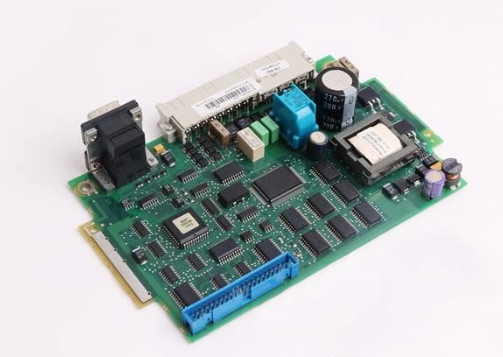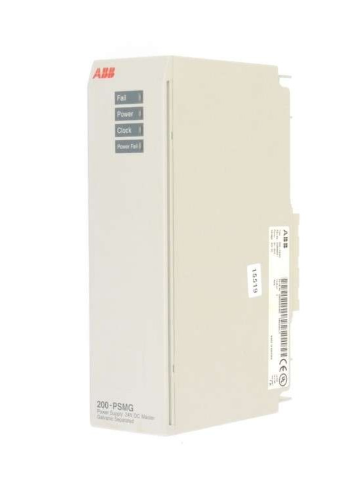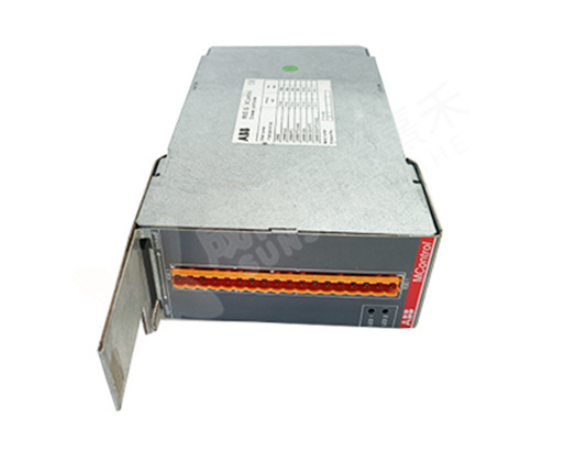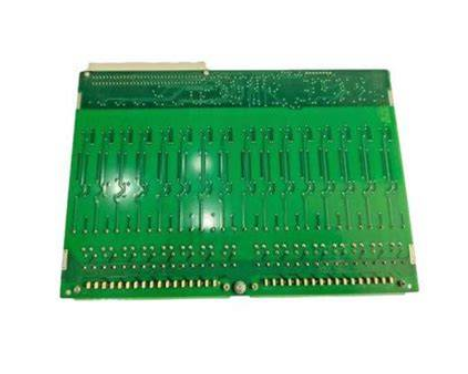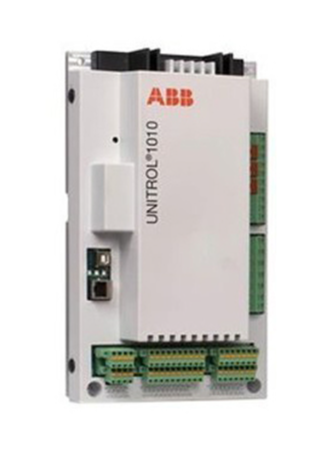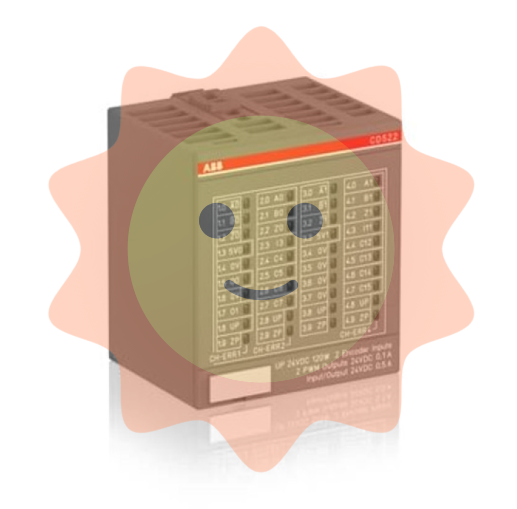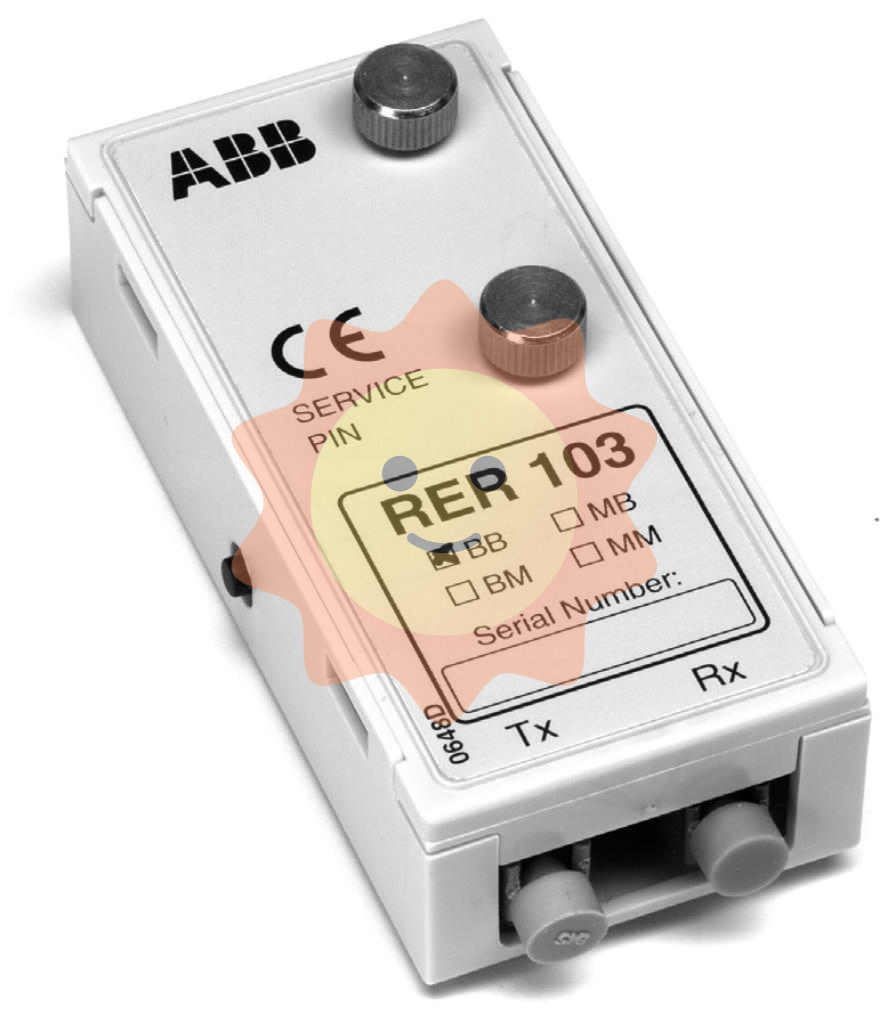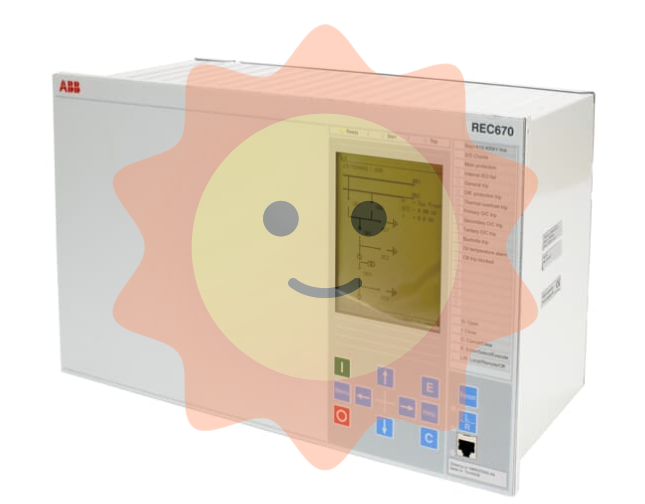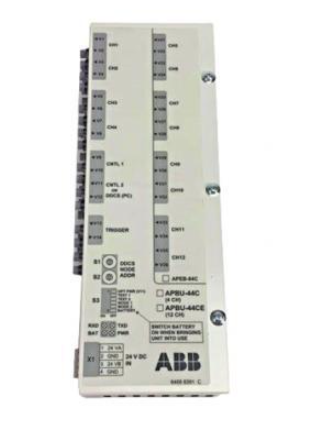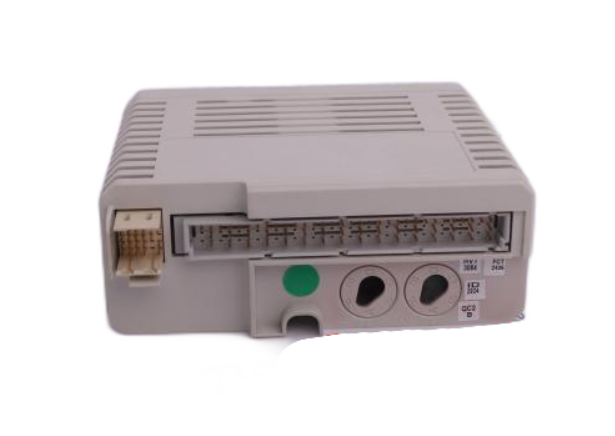AB 1762-IQ8OW6 DC-Input/Relay-Output Combination Module
AB 1762-IQ8OW6 DC-Input/Relay-Output Combination Module
IMPORTANT INFORMATION AND SAFETY NOTICE: Solid-state equipment has different characteristics than electromechanical equipment. Ensure that the application is compliant prior to use and Rockwell Automation will not be responsible for consequential damages. Manual examples are for reference only and may not be reproduced without permission. Various symbols alert the user to explosive, electrostatic, and electrical hazards, and strict rules for operating in hazardous locations, such as powering down, using qualified components, and so on.
Module overview: For use in clean and dry locations in industrial environments, in accordance with pollution degree 2 and overvoltage category II. Handling must be protected from static electricity, and power must be removed before installing or removing the module, as failure to do so may result in a variety of hazards, including damage to the module, system failure, or explosion.
Installation Guidelines: Do not remove protective strips prior to installation, and allow for ventilation to prevent debris from falling into the module. DIN rail or panel mounting is available. For DIN rail mounting, care should be taken to use the appropriate rail and end anchors; for panel mounting, follow the template and select the appropriate screws. Be careful when wiring to prevent metal fragments from falling in, pay attention to the input and output wiring to avoid misconnecting the AC power supply, grounding needs to be dealt with according to the mounting surface, and the finger safety cover should be kept in place when wiring.
System Connection and Memory Mapping: Connect the expansion I/O modules via flat ribbon cable, and pay attention to the use of pull ring when connecting. The input/output memory mapping corresponds to different bits and slot numbers, which are used to reflect the status of field devices and control outputs.
Specification Parameters: Input specifications include parameters such as voltage, current, signal delay, etc. Output specifications cover voltage range, output type, relay contact ratings, etc. . In addition, the general and environmental specifications of the modules are introduced, as well as the various certifications, such as c - UL - us, CE, etc.
Specifications
Backplane Current: The backplane current of the 1757-SRM Series B modules varies at different voltages, from 0.75A at 3.3V dc, 1.0A at 5.1V dc, and 0.160A (or 90mA) at 24V dc. The backplane current parameter reflects how well the module draws power from the backplane in different voltage environments, and is critical to system power distribution and circuit design. When designing the power supply system, it is necessary to ensure that the current can be steadily supplied to meet the demand of the module, otherwise it may cause the module to fail to operate properly or perform erratically. If the current supplied by the power supply is insufficient, the module may operate abnormally, report errors or even be damaged.
Power-related parameters: Maximum power consumption is 11.28W and maximum heat dissipation is 38.49 BTU/hr. These parameters reflect the energy consumption and heat dissipation requirements of the module during operation. High power consumption means that the module generates more heat during operation and requires good heat dissipation measures to ensure its normal operation. If the heat dissipation is not proper, the module temperature is too high, which will affect the performance and life of its internal electronic components, and even cause failure. In some industrial control scenarios that require high stability, such as chemical production, power system control, etc., it is necessary to ensure that the heat dissipation system can effectively take away the heat generated by the module in order to maintain the stable operation of the module.
Power Requirements: Suitable for 11 - 30V dc power supply, typical operating current is 270mA at 24V dc. To comply with UL and CE directives, the power supply to the relay terminals must meet Class 2, Safety Extra Low Voltage (SELV) or Protected Extra Low Voltage (PELV) standards, respectively. This parameter specifies the applicable power supply range and power supply safety requirements of the module. When selecting a power supply, it is necessary to ensure that its output voltage and current meet the requirements of the module, and at the same time meet the relevant safety standards, so as to ensure the safety and reliability of the system. If a power supply that does not meet the standards is used, it may cause damage to the module or even lead to safety accidents.
Insulation Resistance and Grounding Requirements: The insulation resistance needs to be more than 2MΩ at DC 500V to ensure the module's electrical isolation performance and prevent leakage and electrical interference. For grounding, the product should be mounted on a well-grounded metal panel. If the mounting surface cannot be grounded, an additional ground connection may be required from the module's mounting lugs or DIN rail. Good insulation and earthing are important measures for the proper functioning of the module and for the safety of personnel to avoid electrical faults and the risk of electric shock. During the actual installation, always ensure that the earthing requirements are met and regularly check the reliability of the earthing connection.
- EMERSON
- Honeywell
- CTI
- Rolls-Royce
- General Electric
- Woodward
- Yaskawa
- xYCOM
- Motorola
- Siemens
- Rockwell
- ABB
- B&R
- HIMA
- Construction site
- electricity
- Automobile market
- PLC
- DCS
- Motor drivers
- VSD
- Implications
- cement
- CO2
- CEM
- methane
- Artificial intelligence
- Titanic
- Solar energy
- Hydrogen fuel cell
- Hydrogen and fuel cells
- Hydrogen and oxygen fuel cells
- tyre
- Chemical fiber
- dynamo
- corpuscle
- Pulp and paper
- printing
- fossil
- FANUC
- Food and beverage
- Life science
- Sewage treatment
- Personal care
- electricity
- boats
- infrastructure
- Automobile industry
- metallurgy
- Nuclear power generation
- Geothermal power generation
- Water and wastewater
- Infrastructure construction
- Mine hazard
- steel
- papermaking
- Natural gas industry
- Infrastructure construction
- Power and energy
- Rubber and plastic
- Renewable energy
- pharmacy
- mining
- Plastic industry
- Schneider
- Kongsberg
- NI
- Wind energy
- International petroleum
- International new energy network
- gas
- WATLOW
- ProSoft
- SEW
- wind
- ADVANCED
- Reliance
- YOKOGAWA
- TRICONEX
- FOXBORO
- METSO
- MAN
- Advantest
- ADVANCED
- ALSTOM
- Control Wave
- AB
- AMAT
- STUDER
- KONGSBERG
- MOTOROLA
- DANAHER MOTION
- Bently
- Galil
- EATON
- MOLEX
- Triconex
- DEIF
- B&W
- ZYGO
- Aerotech
- DANFOSS
- KOLLMORGEN
- Beijer
- Endress+Hauser
- MOOG
- KB
- Moxa
- Rexroth
- YAMAHA


Email:wang@kongjiangauto.com

